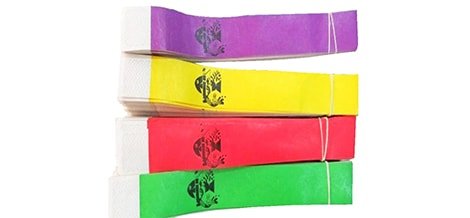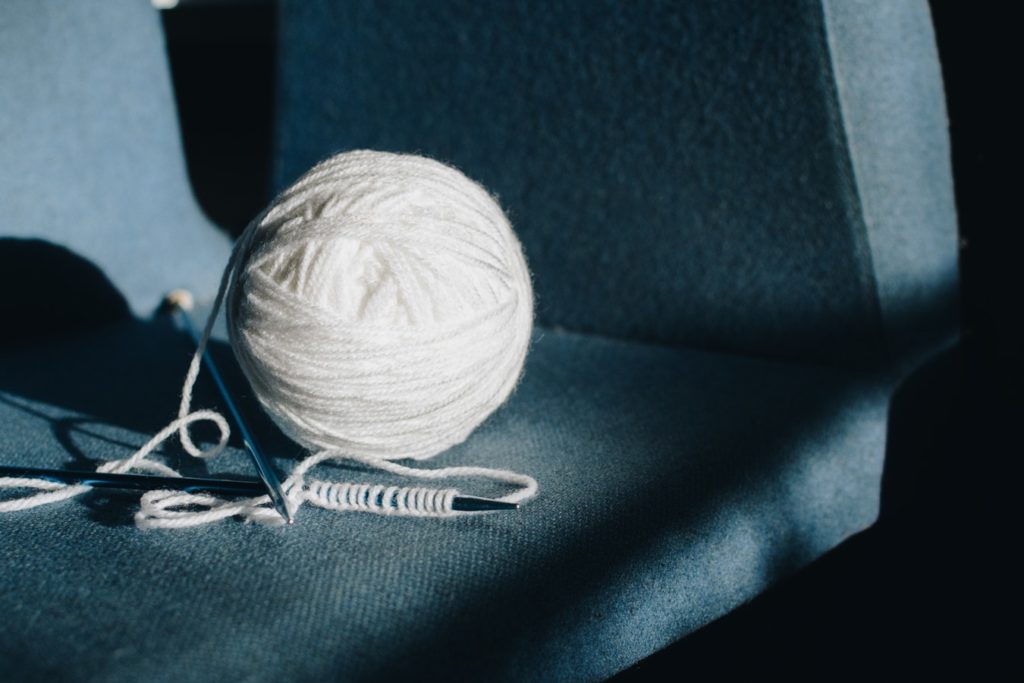
Modern science has come up with many types of materials that have many practical applications in various industries today. Tyvek is one of these materials that has seen major use in the packaging, safety, and even fashion industries. Its versatility, water-proof properties, and strength make it an essential synthetic material in everyday modern living.
But what exactly is Tyvek and what are its origins? This article will give a brief look into this material’s history and list some of the many contributions it has given to the safety industry over the years.
A Brief History of Tyvek

Tyvek is a synthetic material that was first discovered in 1955 by a DuPont researcher named Jim White. He noticed polyethylene fluff coming out of a pipe during an experiment at the lab, which served as a basis for the material. A program was then started to learn more about this material and how it could be used.
A patent was filed for the material a year later as a “strong yarn linear polyethylene.” It took several years of research and development to perfect the spinning technology for this material. In 1959, a facility was finally set up to mass produce the final material in the form of garments, book covers, and tags. The material was official given the name Tyvek in 1965, with commercial manufacturing of branded clothing and products initiated two years later.
Today, Tyvek has grown as one of the most used synthetic materials in various products and industries. It is typically used as protective coveralls that are worn by employees in the manufacturing, as well as other, industries. It has also seen use in more practical spaces as tote bags, wallets, or protective sleeves.
What Is Tyvek and How Is It Made?
Tyvek is a synthetic material made of high density polyethylene fibers that are highly resistant to moisture and tearing. This makes it an ideal material for protective clothing like coveralls since they can repel water-based liquids as well as other fine particles, while letting both air and water vapor safely pass through. Despite typically being worn as clothing, Tyvek acts more like a plastic rather than a traditional fabric.
Tyvek is made from a spunbond olefin sheet of Tyvek that can be cut and shaped into the desired product. The fabric itself is created by laying the filaments in a sheet or a web through one of the following methods: wet laid, dry laid, or spunlaid. It then undergoes bonding treatments using chemical or thermal bonding, or through mechanical needling. The bonding can be done across an area or through specific points, allowing it to remain relatively free to move.
Once the material has been bonded, it has the relative strength somewhere between paper and other woven fabrics. This allows it to become very resistant to tears, but it can still be easily shaped into various forms if it is cut using tools like a pair of scissors.
Tyvek Applications
Its lightweight yet resilient properties have made Tyvek quite the desirable material for use in various industries and products. Aside from protective clothing, it is also commonly used in hygiene products, permeable building covers, security bracelets, packaging, and even CD covers.
The safety industry in particular has benefited greatly from Tyvek since many of its related products are made out of the material. Employees working in the industrial and manufacturing sector extensively use Tyvek products to protect them from workplace hazards and ensure that work-related accidents are minimized.
Here are just some examples of products made from Tyvek that are used in this industry:
- Protective coveralls
- Disposable lab coats
- Security/ admission wristbands
- Disposable sleeves
- Shoe covers
- Safety gloves
There’s no denying the good that Tyvek-based products have brought to us in this day and age. As more sectors realize the benefits of this amazing material, so too will its utilization be expanded to help everyone with their everyday lives.


